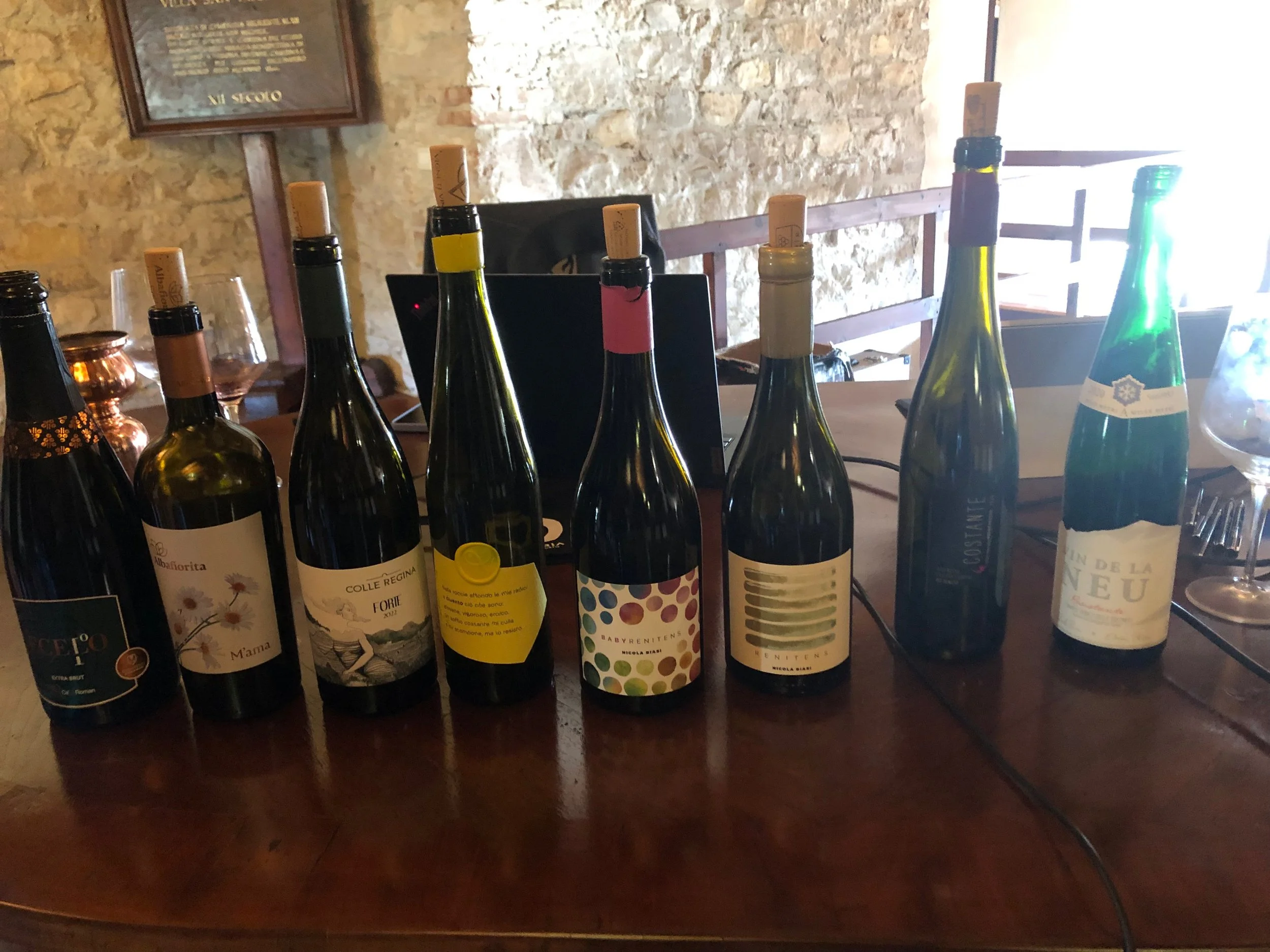Recently, I attended a tasting of PIWI wines*, which inspired me to this post.
To more producers, PIWI is the best current way to make sustainable wines. It allows the winemaker to make quality wines without harming the environment.
However, sustainability is just an added value to consumers and wine lovers. A good, enjoyable wine is the most important thing a consumer requests. If the wine is EVEN sustainable, it’s better - but it is not their first choice (yet).
The quality of a wine depends on precision viticulture. This means a scientific, precise viticulture that cultivates the right grape in the right place. This rule applies to PIWI as well. They are resistant varieties, not magic grapes, that perform well everywhere you put them.
Sustainability in the wine world is a complex concept and a set of factors: fewer chemicals, a lower carbon footprint, and a lower water footprint are just three. “It is not a farming system. It is a strategic lens that refracts our current decisions in navigating our future” (Dr.Santiago Brown).
PIWI are not genetically modified (GM) grapes or a “modern” discovery. The specimens were born two centuries ago in Germany. PIWI stands for Pilzwiderstandsfähige (“fungus-resistent vines”). They are varieties created through traditional vine breeding methods, involving crosses between different Vitis species to combine resistance to fungal diseases with desirable wine qualities.
PIWI wines offer a sustainable and innovative approach. They allow for significantly reducing pesticide use in viticulture and carbon and water footprints.
Many experts and blind tastings have proved over the years that the sensory quality of PIWI wines is comparable to standard grape varieties. Wines made from PIWI grape varieties can match the quality potential of traditional grape varieties. However, an ongoing exploration of how to develop these wines to showcase their unique profile exists.
PIWI grape varieties are becoming increasingly popular in the Old and New World. In the USA, 50 approved varieties are already available to winegrowers. In Europe, Germany has been at the forefront of breeding PIWI grapes, emphasizing the importance of these resistant varieties for sustainable viticulture practices. Veneto is the region with the most hectares under PIWI cultivation in Italy.
These are the PROS of cultivating PIWI. However, there are some CONS, too.
9. The grafted cuttings are more complex and costly to find.
10. PIWI varieties are resistant mainly to downy mildew, phylloxera, and powdery mildew. This means they are not immune to other issues and must be treated accordingly. As for any grape variety, everything depends on the grape, the place, the weather, and the vintage. The good news is that even in bad vintages, a PIWI grape needs less treatment than a traditional variety.
Last, wines made with PIWI varieties must be explained and marketed well, as consumers are unfamiliar with them and are not used to drinking them.
And in a world so thirsty for new and “innovative” beverages, maybe this is good news. Exciting times are in front of us.
*Sensoria is a two-day wine&food event designed and hosted by Tenute Ugolini winery. Small wine producers and food producers from many Italian regions gathered to meet each other and a selected group of wine and food lovers. The wine tasting was introduced by the winemaker consultant Nicola Biasi, who specializes in PIWI grapes.

